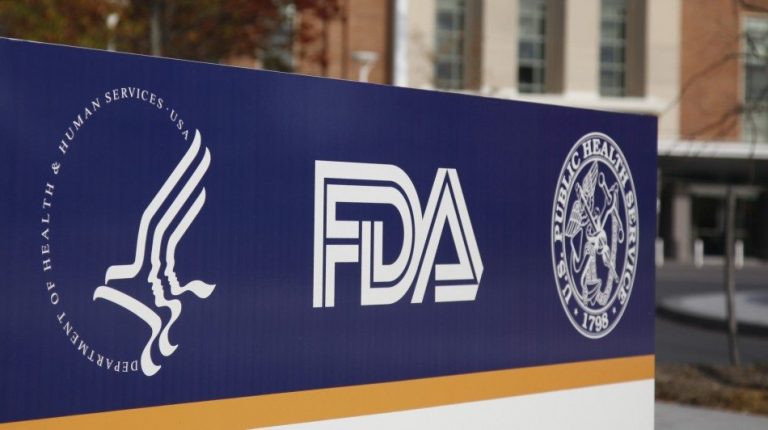
Lipocine Inc. (NASDAQ:LPCN) just announced the resubmission of a New Drug Application (NDA) for a drug called LPCN 1021. The company is trading a touch down on the news but there’s a good chance that the majority of its impact will hit during the session on Thursday, given the timing of the update hitting press.
The drug is one of three primary development programs that Lipocine is running concurrently (although it’s reasonable to suggest that it’s the lead of the three, given the recent development) and it’s targeting a condition associated with a deficiency of endogenous testosterone, also known as hypogonadism. The term hypogonadism, when used in general, means diminished functional activity of the gonads—the testes in males or the ovaries in females—that may result in diminished sex hormone biosynthesis. In this instance specifically, Lipocine is using the drug to target the condition in men. One way to think of this condition (and to use a term that’s often used to explain the condition to patients and families outside of the medical space) is interrupted puberty. The standard functions of puberty – hair growth, sperm production, physical growth, that sort of thing – don’t happen. Right now, the standard of care (SOC) treatment involves hormone replacement therapy (testosterone replacement therapy, or TRT) and this TRT type therapy can restore muscle strength and prevent bone loss. It has its drawbacks, however, with these primarily rooted in administration frequency and dosing volume. Patients have to visit outpatient setting regularly or have to inject the testosterone themselves, which can be painful and potentially unsafe as well as can potentially cause misdosing.
This is where Lipocine and LPCN 1021 comes into play.
The drug is what’s called a prodrug, which means it doesn’t become active until after administration. Once it’s in the body, the drug is metabolized naturally and converts into a pharmacologically active medication. This can reduce dose necessity, improve administration frequency and – perhaps most importantly – means the drug can be taken as an oral administration as opposed to an injection.
So that’s the science and the logic behind this program. What does the latest update mean for the company and its shareholders?
The program has had a pretty rough time over the last twelve months or so. Data from the phase III that underpinned an initially submitted NDA looked strong, with the drug hitting against its primary endpoint of restoring normal testosterone levels in men on a twice daily dosing schedule. When the company got a response back from the agency, however, it wasn’t great. The response came in the form of a Complete Response Letter (CRL) back in June last year, through which the agency identified a deficiency related to the dosing algorithm for the proposed label and concurrently requested (well, not outright requested, as that’s not how it works, but implied that it would be necessary) what’s called a dosing validation (DV) study to overcome the issue.
Lipocine got right to it, completed the DV study (to a level that it deemed) successfully and – as per the latest release – resubmitted the application to the agency this month.
So what’s next?
Well, now it’s all about whether the DV study data actually resolves the issue that the FDA brought up or not. These sorts of issues aren’t generally overly demanding to resolve and we expect that the resubmission should glide through to acceptance (not approval, acceptance) based on the data that Lipocine has submitted. Beyond that, the question becomes whether the phase III data has shown that the drug can be safe and – as importantly – effective in bringing testosterone levels in men with hypogonadism to normal (or near normal) levels.
Again, we can’t put forward anything but a speculative opinion on this one but, with that said, speculative doesn’t need to be uneducated. In this instance, and given the wealth of data supportive of safety and efficacy that hasn’t just been collected by Lipocine for this program but that is already in place as relates to the prodrug technology that underpins the drug in question, we think there’s a good chance of a green light.
PDUFA (if the drug is accepted for review) should come at some point during February 2018.




